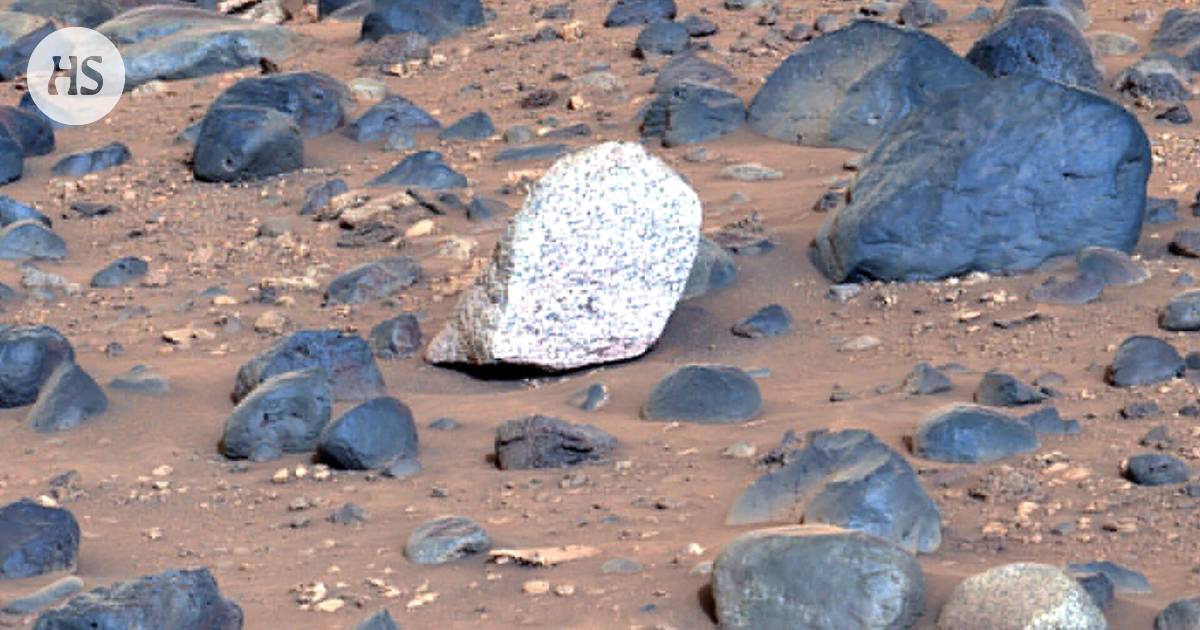Mars | The Perseverance rover discovered and photographed a pale rock on Mars. It stands out clearly in the brown terrain
The summary is made by artificial intelligence and checked by a human.
Perseverance found a pale rock on Mars that stands out in the dark landscape.
The rock was named Atoko Point and contains at least two minerals.
Geologists ponder the rock’s origin and the clues it might give about the planet’s past.
Mars rover Perseverance has found an unusual light colored boulder on its way. It’s a strange sight on Mars, where the landscape is all brown or rust red.
The rock may offer clues about the planet’s past, think geologists and other scientists who follow Perseverance’s images and movements.
Perseverance has continued from its skies on Mars for more than three years. It successfully landed on Mars in February 2021.
Now the U.S. Space Administration’s NASA rover has progressed at his “workplace” in the Jezero crater in the central parts of Mars to new areas.
Light the rock was photographed in the crater, according to NASA, the US space agency release.
It is named Atoko Point after a cliff in the Grand Canyon National Park in Arizona, USA. The stone and the cliff are similar in color.
Geologists found the light-colored boulder in the 18-image mosaic. Perseverance’s cameras photographed the area at the end of May.
Atoko Point is estimated based on the pictures to be about 45 centimeters wide and 35 centimeters high.
The rover’s two cameras and equipment, i.e. SuperCam and Mastcam-Z, have confirmed that there are at least two minerals in the rock, pyroxene and feldspar.
According to NASA’s assessment, the pale stone may have been transported to the Jezero crater area along with the ancient river.
Another possibility is that the rock is a piece of magma deeper in the planet’s soil. In that case, the erosion of the planet would have lifted it to the surface of Mars.
According to NASA geologists, the pale rock is the first of its kind to be observed on Mars, but certainly not the last.
